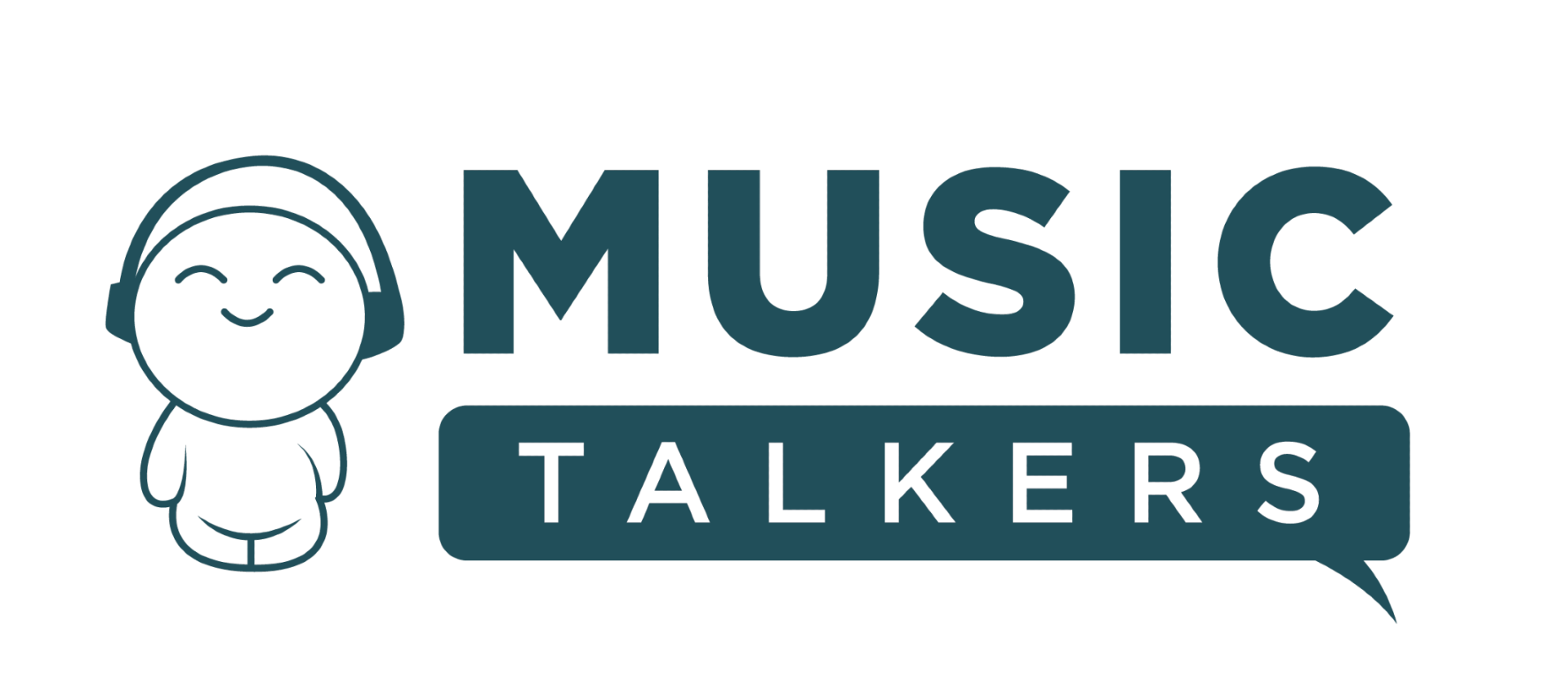Lord of the Rings and Hobbit Dialogue Editor Relies on iZotope's Audio Toolkit
- in Latest
Bringing the Voices of Middle Earth to Life with RX 4 Audio Repair
Cambridge, MA. iZotope, Inc., a leading audio technology company, revealed that Ray Beentjes, dialogue editor for The Lord of the Rings and The Hobbit trilogies, has made extensive use of iZotope's RX 4 audio repair and enhancement toolkit to capture more of the actors' on-set dialogue-resulting in more emotional performances and more impactful storytelling.
When Beentjes began working on The Lord of the Rings fifteen years ago, many of the actors' best performances were unusable, often contaminated with noise from production equipment and the surrounding environment. In the end, only 5-10% of the original location audio was usable for the final cut, because the production team didn't have a solution for salvaging the troubled audio.
"An actor could have delivered a stellar performance on location, but the audio would often be unusable," Beentjes points out. "They would then have to spend hours in a dubbing room re-recording their lines, and due to the complexity of the production, they might be covering what was six months' worth of filming in a two-day ADR session. That often makes it very difficult to create the same mood again," explains Beentjes.
The audio team began searching for a solution that would enable them to rescue troubled audio from the best on-location performances and chose iZotope's RX audio repair software, which Beentjes describes as a "game changer." Today, the team is able to save more than 80% of the original production dialogue, and blend in ADR seamlessly when required.

"RX has been fantastic, and we've developed a completely different workflow," Beentjes says. "Now we can focus on finding the best performances from the original material delivered by the actors. Peter Jackson and Fran Walsh love utilizing production audio over ADR where possible if it sells the performance better, and then it's up to us to clean up that audio and get it working. That's their gold, and that's where the magic is for us."
After the resounding success of the Lord of the Rings trilogy, Beentjes and the team took on an equally epic project with the Hobbit trilogy. The films utilized cutting-edge camera technology, which presented Beentjes and the Dialogue team with a new set of technical challenges.
Instead of the normal 24 fps frame-rate, the films were shot in 3D at 48 fps, which required many of the lights to be re-engineered for flicker-free operation to avoid visual strobing. Unfortunately, the new lights and control methods often introduced extra high-frequency noise from 3 to 8 kHz-significantly interfering with dialogue clarity. However, using the Denoiser feature in RX 4, Beentjes was able to remove many of the artifacts created by the new lighting, while preserving the crisp definition of the original dialogue.
Another key feature Beentjes utilized in RX 4 was Spectral Repair, which enabled him to isolate and remove unwanted sounds, even during long passages of audio. For The Desolation of Smaug - the second film in the Hobbit series - a large part of the film takes place on a desolate mountain, devoid of animal and human life. Unfortunately, there were birds and other distracting noises all over the audio track.
"The magic of Spectral Repair is actually being able to take away the sounds that would take the audience out of the scene," says Beentjes. "It could be a very important line, and there's a Cessna prop plane taking off from a nearby airport that's buzzing through the track. With Spectral Repair, we can go in and remove sounds that are completely out of context for the scene."
The powerful tools in RX have not only advanced Beentjes' workflow, they have helped the entire audio post team. Beentjes is now able to deliver dialogue to the re-recording mixers that is clean and sonically neutral-a process that used to require massive amounts of time and expensive studio equipment. Mixers are now able to spend more of their time and energy focusing solely on the mix.
"RX has really come into its own with RX 4 and the ability to run the standalone program connected to Pro Tools (via the RX Connect feature). What used to take us a couple of hours is now taking 20 minutes, which ends up saving the editors thousands of hours over the course of a project," remarks Beentjes. "We are able to create material that is effectively the same as what would come out of a dubbing suite."
"Like a person who is retouching photographs or restoring a historical film, I love the ability to rebuild or restore things," Beentjes concludes. "RX 4 is the most complete set of tools we have, and I'm looking forward to whatever's next. Each version drastically improves what we can do."
Learn more about RX 4 at www.izotope.com/rx
About iZotope, Inc.
iZotope makes innovative products that inspire and enable people to be creative. Based in Cambridge, Massachusetts, iZotope has spent over a decade developing award-winning products and audio technologies for professionals and hobbyists alike. Used by millions of people in over 50 countries, iZotope products are a core component of GRAMMY-winning music studios, Oscar- and Emmy-winning film and TV post production studios, and prominent radio studios, as well as basement and bedroom studios across the globe. Through a robust licensing program, iZotope also powers products made by industry partners such as Adobe, Avid, Microsoft, and Sony. iZotope was recently honored with an Emmy® Award for Outstanding Achievement in Engineering Development for its flagship audio repair suite, RX®.
or post as a guest
Be the first to comment.

